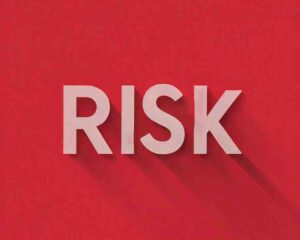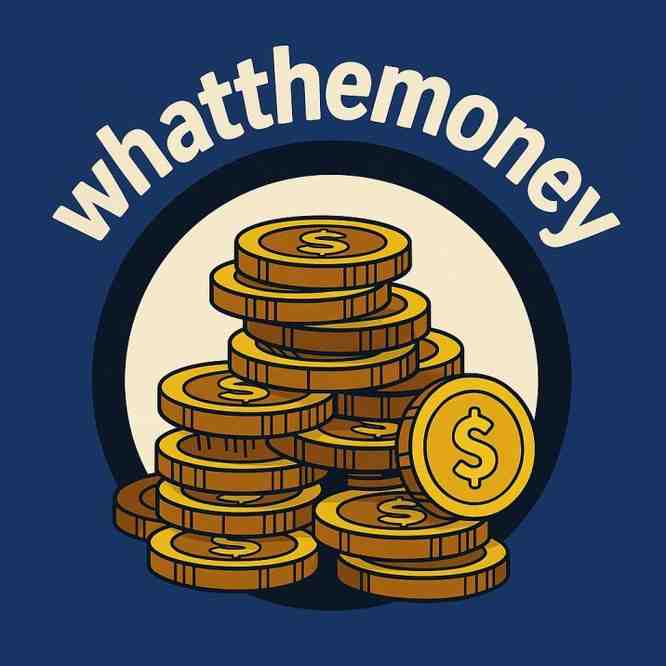Introduction:
Welcome to Crypto vs Stocks This year, investors in places such as the US, UK, Canada and Australia will have to decide between investing in crypto or sticking with old favourite stocks. Crypto indicates Bitcoin and Ethereum won’t disappear anytime soon, but stocks still offer stability, regular interest and the chance to build wealth over many years. In this post, we’ll look at the main differences, historical success, regulatory rules, taxes, risks and real-world factors, so Tier 1 investors can make educated choices. No matter how much experience you have, you need to know these factors to improve your finances in 2025.
Learning the Basics
What Are Traditional Stocks?
When you buy traditional stocks, you own some of a public company. When you buy shares, you become a part owner of the business, so you are given dividends and allowed to take part in how the business is run. You can buy and sell stocks on regulated markets including the NYSE, NASDAQ, LSE, TSX and ASX. Most people believe that they are low-to-medium risk investments depending on their sector and how large the company is. Investors located in Tier 1 countries can easily buy ETFs, index funds and mutual funds to help with diversified investing.
What is Cryptocurrency?
Cryptocurrency is an electronic asset working on blockchain technology that exists without any central authority. Bitcoin (BTC), Ethereum (ETH) and Solana (SOL) have made it possible for people to exchange money without any middleman. Because governments do not support cryptocurrencies, their worth comes from their uses, scarcity and how much people want them. Crypto is what provides support to DeFi (Decentralized Finance), NFTs and Web3 which together attract investors, both new and experienced.

Performance Comparison: Stocks vs Crypto (2015–2025)
Over the years 2015 to 2025, cryptocurrencies have performed much better than traditional stocks in terms of raw return on investment. Between 2015 and early 2025, the value of Bitcoin changed from under $300 to around $40,000. The cost of Ethereum went from only a few dollars to more than $2,000. But, this admiration was often so unstable that prices dropped by 50% or more within just months.
Even so, older stock indices such as the S&P 500, FTSE 100 and TSX have usually earned average returns of 7–10% annually. Growth has not been as fast, yet it is more consistent and doesn’t usually see major panics. These stocks increase returns over time by giving you steady income. Because of this continuous rise in stocks, many Tier 1 investors with retirement plans choose to include them in their portfolio.
Regulation & Security: Tier 1 Country Insights
United States
Both the stock and cryptocurrency markets are under close watch from the Securities and Exchange Commission (SEC). Bitcoin ETFs have been approved lately, allowing investors to gain managed exposure to the world of digital assets. Your crypto gains need to be reported to the IRS and Coinbase now gives you the tax forms you need.
United Kingdom
The FCA looks over financial services and is responsible for ensuring companies follow regulations. Crypto is seen as an asset outside of tax-efficient savings accounts such as ISAs. Regulated platforms, on the other hand, make sure your account is secure. The government is adding rules to ensure retail investors are safe when dealing with crypto.
Canada
The Canadian Revenue Agency defines crypto as a commodity. The tax treatment of transactions depends on whether the transaction is for capital gain or a business. Canada’s number one investment app, Wealthsimple, allows customers to build stock and crypto portfolios. Yet, you can’t add crypto to your TFSA or RRSP, so you must remember to pay taxes.
Australia
The ATO views cryptocurrency as a taxable asset in Australia. Every crypto-to-crypto transaction needs to be reported by investors. You can have stocks in a SMSF, but if you want to add crypto, you need to follow unique rules and document your activities. The ATO is working more closely with exchanges to make sure everyone complies.
Tax Implications
Since the rules for cryptocurrencies are always changing, taxation can be complicated. While stocks are only taxed on capital gains and dividends, every digital currency trade, conversion or interest you earn with staking can tax you. Let’s take a look at Tier 1 countries, starting with…
- Capital Gains tax applies to cryptocurrency when an asset is held for less than a year or more than a year in the U.S. The income earned from crypto depends on whether you staked or mined your digital tokens.
- In the UK, HMRC considers cryptocurrency to be property. If you have more than the annual exemption amount, you owe taxes on it.
- Trading crypto as a business such as multiple times a day, may result in income being taxed as a business by the CRA.
- Data on all crypto transactions is required to be stored in Australia. People who invest should keep track of all transactions for tax purposes.
Tier 1 individuals enjoy many tax benefits when investing in stocks: for long-term holdings, they can claim exemptions called capital gains and they can use tax-free ISAs and retirement plans like 401(k) or RRSP.
Risk & Volatility: What You Need to Know
The markets for cryptocurrency are subject to major price swings and a lot of speculation. Before the end of 2022, Bitcoin’s price had fallen more than 60%. If an investor is not ready, sudden declines can hurt them greatly. Some of the security problems users deal with are exchange hacks, phishing attacks and loss of access to their digital wallets.

Crypto Risks:
- Drops in the market happen without notice.
- Information about recent exchange hacks & scams
- Regulatory crackdowns
- A lot of pressure created by psychological factors for investors
Stock Risks:
- Differences in how the business performs against the rest of its sector
- Recessions happening in multiple markets
- Money supply and rates of interest changing
Many Tier 1 investors achieve a good strategy by owning investment-grade stocks and a well-considered amount of cryptocurrency.
Accessible & Investment Platform
With technology, it’s simpler than ever to reach investment help. The majority of Tier 1 investors rely on regulated companies that include helpful resources, robotics clearance and mobile options in their products.
Best Crypto Platforms:
- Coinbase operates in the US, UK, CA, AU: It is fully regulated and easy to use
- On Binance, you can choose from a wide range of assets and pay less fees.
- With eToro, you can trade in both crypto and stocks and you can use copy trading.
Best places to Trade Stocks
- In the United States, Robinhood enables you to trade without paying fees and it’s easy to use for beginners.
- Stocks, ETFs and crypto can be found all on one account with Wealthsimple (Canada).
- Fidelity and Vanguard (for the US and UK): Primarily aimed at retirement
- If you’re in Australia, CommSec is the top choice for investors.
ESG Considerations in Crypto vs Stocks
Environmental, Social, and Governance (ESG) investing has gained traction in Tier 1 countries. With traditional stocks, you are able to invest in companies that focus on environmental and social responsibilities. People often disagree with crypto, mainly with Bitcoin, for using a lot of energy. The switch to proof-of-stake has dramatically cut Ethereum’s environmental impact into only 1% of its former level.
More and more Tier 1 investors are looking for investments that fit their values, making it important for them to consider ESG factors with every investment.
Best Investments by Investor
The destination of your investment is influenced by what you wish to accomplish.
- Stocks have been tested through history, provide dividends and the odds of appreciation are improved by compounding.
- Crypto suits individuals who like to take on risk for a potential big reward in a short time.
- Many people consider Bitcoin a digital alternative to gold that can fight off inflation.
- Combine your assets according to a 60/40 rule with stocks and crypto or try a 80/20 rule where you have less crypto.
Real-World Examples
For our example, we’ll use a US investor who is 35 years old and has an investment of $10,000.
- Invests $7,000 in S&P 500 & dividend stocks
- Just over $2,000 in Ethereum & Bitcoin
- Staking tools in DeFi (both risky and promising returns)

Let’s consider a 45-year-old Australian investor with $50,000.
- Having ASX index funds invested for $30,000 in an SMSF
- The total amount held in international stocks was allocated at $15,000.
- You should consider keeping $5,000 in crypto over the long term (BTC, ETH).
They demonstrate methods by which Tier 1 investors can sustain both safety and growth.
Expert Opinions
- CNBC reports that more institutions are using cryptos, though the crypto market is still highly unsettled.
- Bloomberg: “Stocks are dependable when it comes to saving your wealth.” While crypto innovates, one has to make good decisions about how much to use.
- Forbes: From 2025, intelligent investing will rely on a blend of methods.
- According to ARK Invest, early exposure to Bitcoin could be important, as the company believes it has the chance to reach $1M in value by 2030..
Conclusion
Every tool has its individual advantages, so crypto and stocks are equal. If you are an investor in a Tier 1 nation, your decision should reflect what you are willing to tolerate as risk, your timeframe, what your taxes are like and your personal values. Because they are stable and have clear regulations, stocks are an essential part of most people’s investment mix. Crypto, on the other hand, delivers exciting new opportunities, the latest developments and much more diversity. Planning for 2025, what should be done? Combine the two—pick a mix of options that supports your financial aims, supported by careful research.

